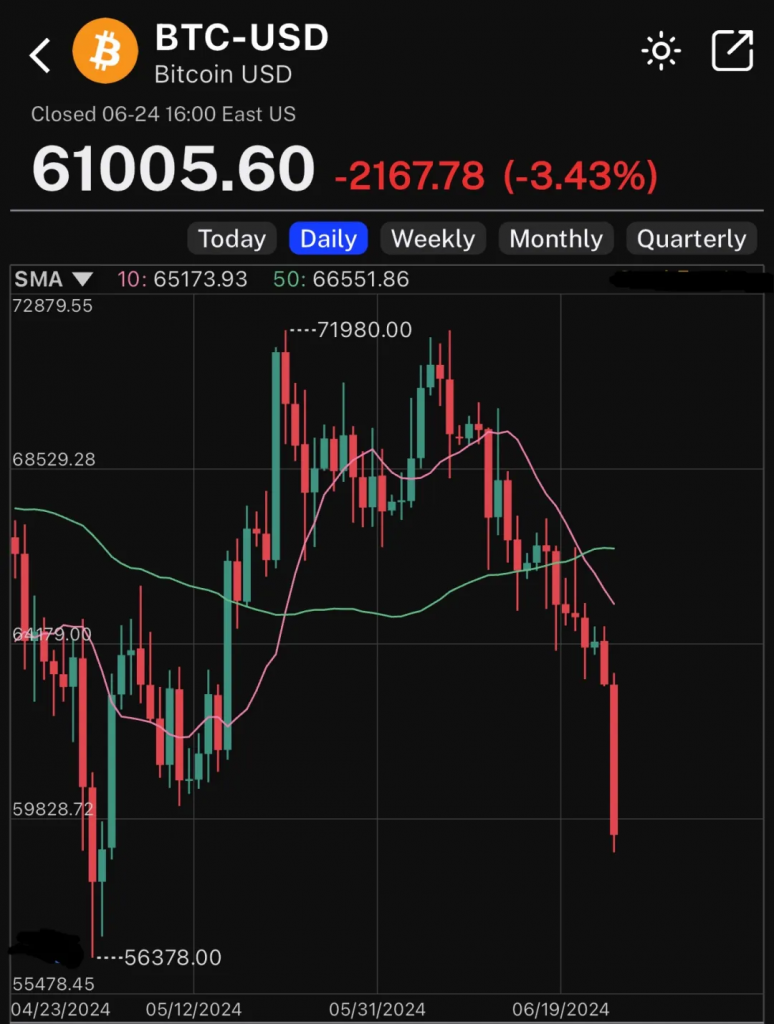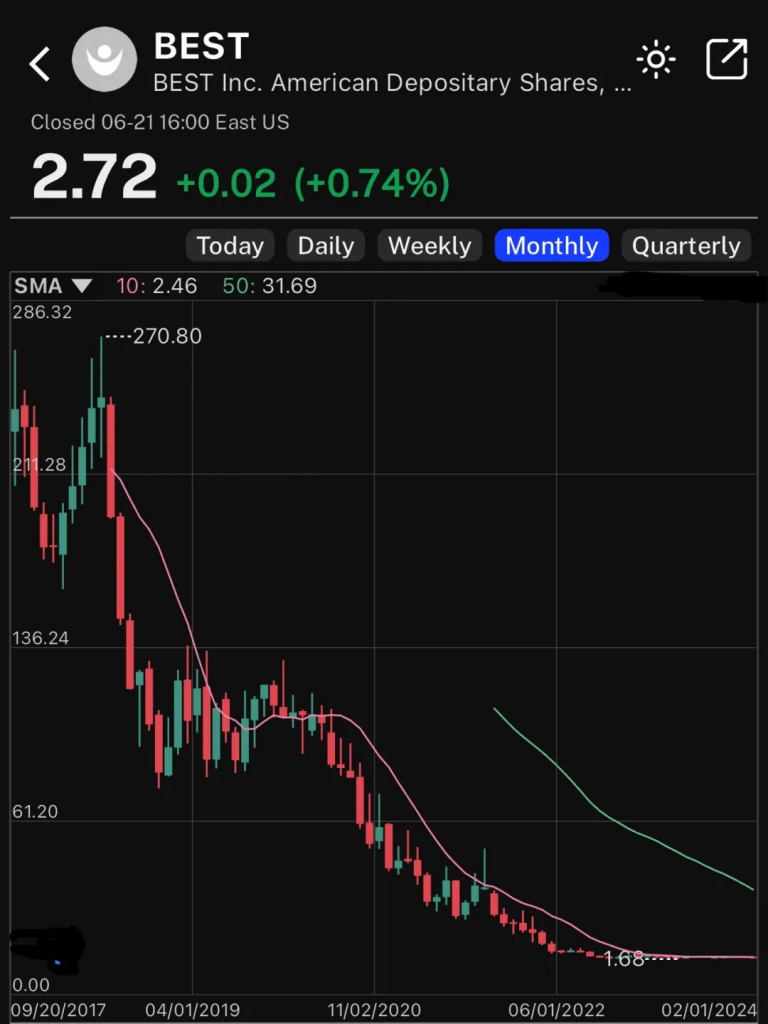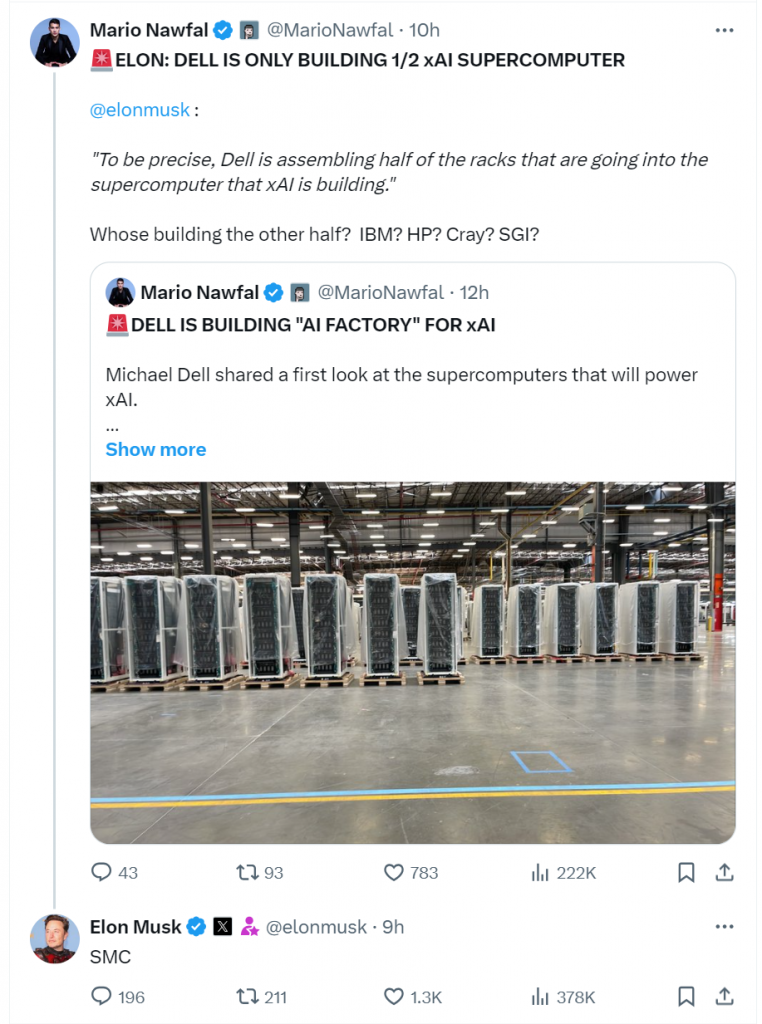Introduction to the basic information and business of Cheniere Energy, Inc. (LNG.A)
Company Overview:
Company Name: Cheniere Energy, Inc. is an energy company headquartered in the United States, primarily focused on the liquefied natural gas (LNG) industry.
Headquarters: Houston, Texas
Stock Code: LNG.A
Established: 1996
Main Business:
LNG Production: Cheniere Energy is primarily dedicated to LNG production. The company extracts and liquefies natural gas from its LNG export terminals, then transports the LNG via ships to destinations worldwide.
Export Terminals: Cheniere owns and operates LNG export terminals in the U.S. Gulf Coast region, with the most notable being the Sabine Pass LNG terminal and the Corpus Christi LNG terminal. These terminals provide a gateway to the international market for U.S. natural gas producers.
Sabine Pass LNG Terminal: Located in Sabine Pass, Louisiana, it is the first LNG export terminal in North America. It has multiple liquefaction trains to meet international market demands.
Corpus Christi LNG Terminal: Located in Corpus Christi, Texas, it provides another export channel to meet global demand for liquefied natural gas.
In which areas does the company hold a leading global position, and what are the key success factors?
LNG Production Capacity: Cheniere Energy is one of the largest LNsbsG producers in the United States, with world-class LNG production capacity. Through its export terminals in Sabine Pass and Corpus Christi, the company can supply a significant amount of LNG to meet international market demands.
Advantages of the location of export terminals: The company’s export terminals are located in the Gulf of Mexico region in the United States, providing it with a strategic position that facilitates the transportation of LNG to destinations worldwide. This geographical advantage helps reduce transportation costs and enhances competitiveness in the global market.
Market diversity: Cheniere Energy offers diversified export channels through its multiple LNG export terminals, catering to the varying demands for LNG from different countries and regions. This enables the company to adapt flexibly to changes in the international market and reduce risks associated with dependence on specific regions or customers.
Contract structure and long-term partnerships: The company has signed liquefied natural gas sales contracts with several long-term partners, which helps stabilize its revenue stream. Long-term contracts typically provide predictable cash flows, reducing the risk of price fluctuations.
Technological and operational excellence: Cheniere Energy possesses advanced technology and operational capabilities in the field of liquefied natural gas. This includes efficient LNG processing facilities and terminal management to ensure the produced LNG meets international standards and can be smoothly transported globally.
Sustainability and clean energy demand: With the increasing global demand for clean energy, liquefied natural gas has garnered attention as a relatively clean form of energy. Cheniere Energy’s LNG products can meet the international market’s demand for clean energy, making it competitive in terms of sustainability.
Analysis of the company’s main strategic transformations, core driving factors, and key events since its establishment.
Initial business positioning: Cheniere Energy was initially an oil and gas exploration and production company. However, with the increasing demand for liquefied natural gas (LNG) in the market and technological advancements, the company gradually shifted its focus from exploration and production to the LNG sector.
LNG strategy: The company made significant strategic decisions to shift its business direction towards LNG. This included investments in LNG production facilities and export terminals, with the most notable being Sabine Pass and Corpus Christi. This transformation enabled Cheniere to export LNG from the United States to meet the growing international market demand.
Long-term contracts and customer relationships: Cheniere Energy ensured stable revenue streams by signing long-term LNG sales contracts with multiple international customers. These long-term contracts provided the company with financial predictability and reduced the impact of price fluctuations.
Expansion and international markets: By continuously expanding the scale and number of its LNG export terminals, the company strengthened its competitive position in the international market. The strategic locations of Sabine Pass and Corpus Christi allowed Cheniere to flexibly serve different regions and customers.
Financial structure and capital arrangements: To support its large-scale LNG projects, Cheniere implemented a series of financial structures and capital arrangements, including debt financing and equity financing. This helped meet investment requirements and ensure the smooth progress of projects.
Market adaptability and sustainability: Through a deep understanding of the energy market, the company continuously adjusts its strategies to adapt to industry changes. Meanwhile, the clean attributes of liquefied natural gas enable Cheniere to find opportunities in the growing trends of sustainability and clean energy demand.
CEOs and their major contributions to the company during their tenures since its establishment.
Charif Souki (1996 – 2015): Charif Souki was one of the founders of Cheniere Energy, and under his leadership in the early stages of the company, he spearheaded the strategic transformation from natural gas exploration and production to liquefied natural gas (LNG) production. Under his guidance, Cheniere shifted its focus to LNG, becoming one of the largest LNG producers in the United States.
Neal Shear (2015 – 2016): Neal Shear assumed the role of interim CEO after Souki resigned as CEO, overseeing the transition of the company’s management. During this period, he maintained the stability of the company and assisted in the transition to a new CEO.
Jack Fusco (2016 – present): Jack Fusco succeeded Neal Shear as the CEO of Cheniere Energy. During his tenure, Fusco made a series of significant decisions that strengthened the company’s position in the LNG market. He drove the company’s expansion plans, including the development of new LNG projects such as the Corpus Christi LNG terminal, to meet the growing global demand for liquefied natural gas. Fusco emphasized the financial health of the company, ensuring its sustainability and stable cash flow through effective financial management and long-term contracts with international customers. He is committed to enhancing the company’s market position and positioning it as a key player in the global LNG market.
Outlook for Future Development of the Company
Continued expansion and capacity increase: Driven by the increasing global demand for LNG, Cheniere Energy may continue to seek to expand its liquefied natural gas (LNG) capacity. This may involve expanding existing terminals or investing in new LNG projects.
Focus on sustainability and clean energy: With the growing demand for clean energy, Cheniere Energy may emphasize the clean attributes of its liquefied natural gas and take more sustainability measures to adapt to the global energy transition trend.
International market expansion: The company may further expand its business in international markets, signing long-term LNG sales contracts with more international customers and strengthening its market share in different regions globally.
Technological innovation and efficiency improvement: Efforts towards technological innovation and efficiency improvement in LNG production may be a key direction for the company’s future to maintain its leading position in the industry.
Adapting to market changes: Energy markets are often influenced by various factors, including natural gas price fluctuations, geopolitical events, etc. Cheniere Energy may adopt flexible strategies to adapt to market changes and maintain financial health.
The impact of global climate policies: Changes in global climate policies may have implications for the future development of companies. With increasing attention from countries on carbon emissions, Cheniere Energy may need to adapt to new regulations and standards, possibly by offering cleaner energy solutions to meet these requirements.

















